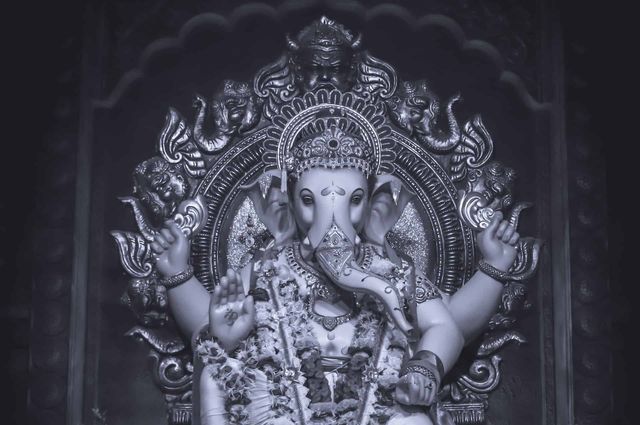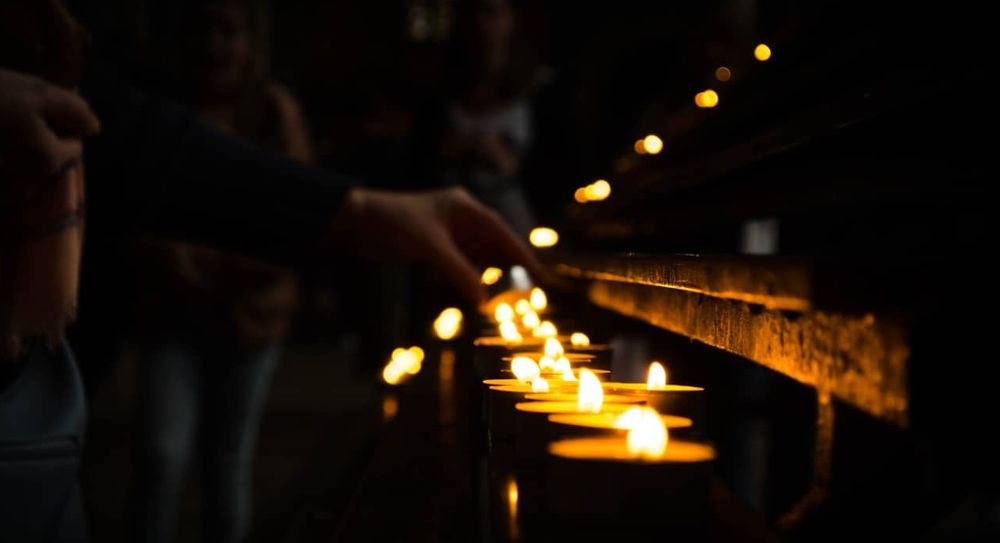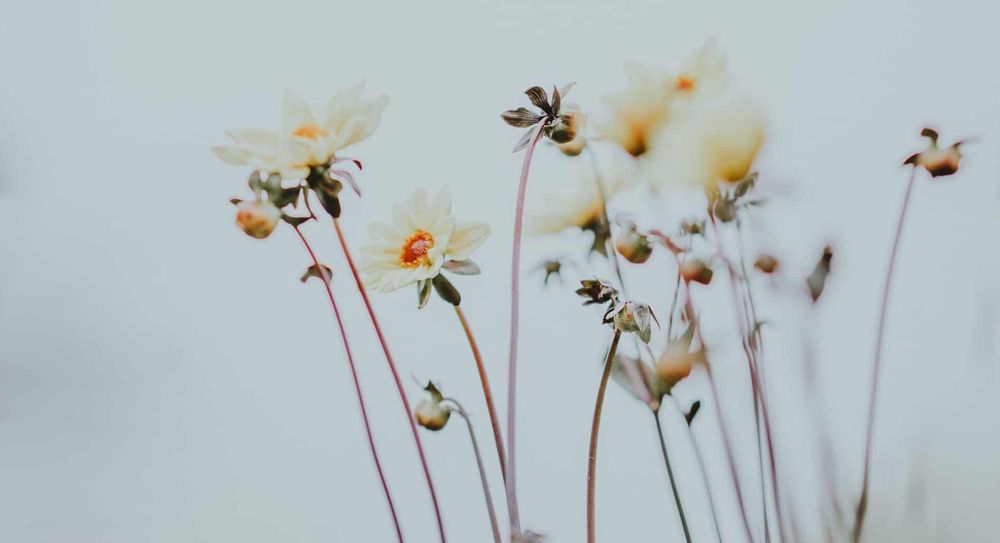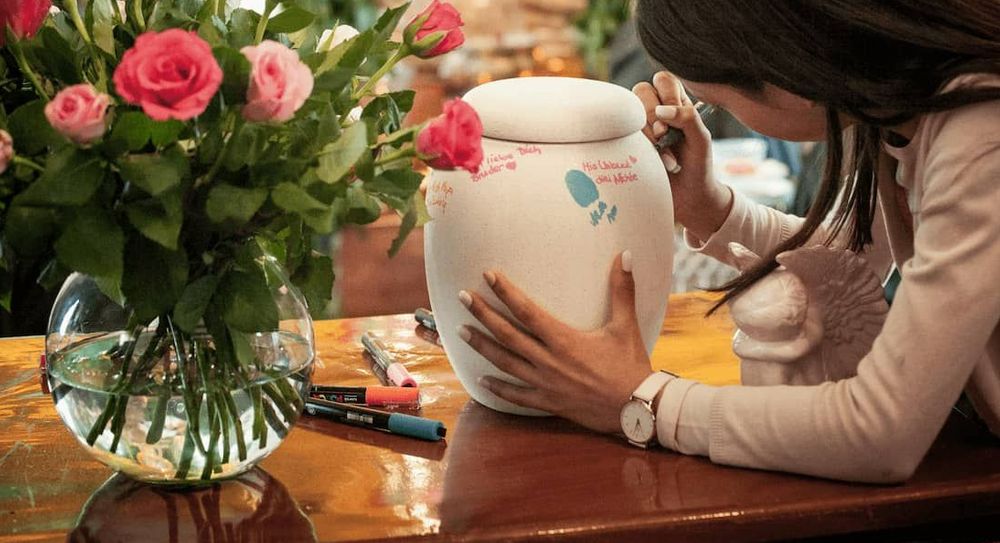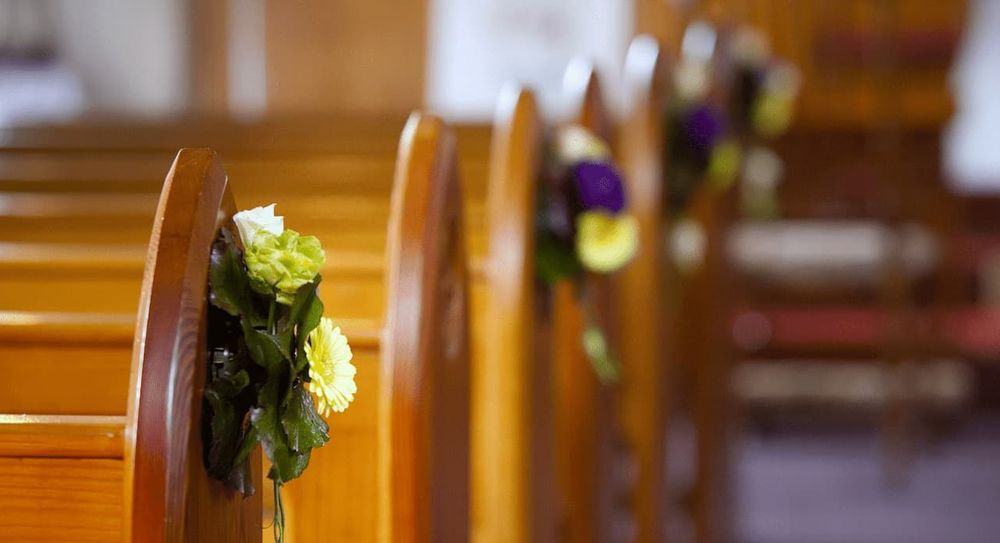Have you been invited to a Hindu funeral? If it’s your first time, you might be probably wondering what to expect and whether anything is expected of you.
This article answers questions like 'what do Hindu funerals look like?', 'where do they take place?' and 'what should I wear?'.
What is a Hindu funeral?
Like all religions, Hinduism has established customs and rituals that take place when someone dies. These rituals finish with a cremation ceremony attended by close family members.
These rites, taken as a whole, are usually called a 'Hindu funeral' in English. In Sanskrit, the traditional Hindu language, they're known as Antyesti or Antima Sanskar.
Hindu funeral rituals are very old. Some are based on religious texts written more than 3,000 years ago. However, this doesn't mean all Hindu funerals are the same. The structure and content of a Hindu funeral depend on the culture of the person who has died, as well as their personal choices.
What do Hindus believe happens after death?
Hindus believe in reincarnation, which means coming back to life in a different form. In Hindu tradition, this form could be a plant, animal or human.
A Hindu's reincarnated form is determined by their karma. If a person behaves well in life, they'll earn good karma and be reincarnated into a better form than before.
The ultimate goal is to reach moksha. This breaks the cycle of reincarnation and reunites a person's soul with Brahman – the highest form of power in the universe.
Nearly all Hindu funerals end with a cremation. This is because they believe the body can stop the soul from moving on to its next form. By cremating the body, they allow the soul to escape quickly and continue its journey. Hindu burials are reserved for children and saints.
What happens at a Hindu funeral?
Generally, the Hindu ceremony after death happens in three stages. These are purifying the body, performing funeral rites and cremating the body.
Preparing the body
Preparing the body is an important part of traditional Hindu customs after death. Ideally, this process will happen at home shortly after the person has died.
Here are the steps for preparing the body:
- Applying Gangājal: the dying person is fed holy water from the Ganges river (Gangājal). If they have already died, the Gangājal water is placed in their mouth.
- Washing the body: the body is cleansed using a mixture of ghee, honey, milk and curds.
- Lighting a lamp: a special lamp called a samaī is lit. It's kept alight for the next 10 days.
- Positioning the body: the person's hands are placed together in prayer. Their big toes are tied together.
- Dressing the body: in a traditional funeral, the person is dressed in a simple white sheet. If it's a modern funeral, the person might be dressed in their own clothes instead.
The person who performs these rituals is called a kartā. This is usually the eldest son of the person who has died. If he isn't able to take part, or the person had no sons, then other relatives are allowed to act as the kartā.
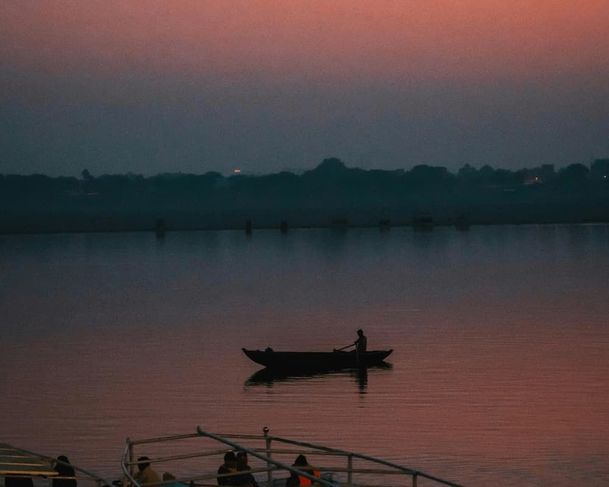
"We used water from the river Ganges, turmeric, and yoghurt to clean his body, then dressed him a day or two before the funeral."
Performing funeral rites
Before the cremation, friends and family members are invited to visit the person who has died. This part of the ceremony often happens in the person's home or the home of a close family member.
The casket is open, meaning people can see the body. Everyone is expected to look at the body and pay their respects. However, touching the body is not allowed.
Traditional funerals don't include readings or a eulogy. Instead, people chant mantras, which are special kinds of prayers. A common death mantra is Om Namo Narayanaya. This translates as 'I bow to the supreme God'.
The people at the funeral might perform other Hindu death rituals, depending on their culture and family traditions. These include placing piṇḍas (rice balls) or flowers around the body, sprinkling the body with water and anointing the person's head with spices.
Cremating the body
Traditionally, the body is carried by family members to an outdoor cremation site, where it is burnt on a funeral pyre. The body is always carried feet first and is ideally cremated with the feet facing south.
The cremation ritual is called mukhagni. This is performed by the kartā. They circle the body and chant mantras, then light the funeral pyre. Everyone then watches the cremation.
Open-air cremations are not allowed in the UK. Here, the body is cremated in a crematorium instead. People may still be allowed to attend the cremation. Instead of lighting the fire directly, the kartā presses a button to start the cremation process.
In traditional funerals, only men are allowed to attend a Hindu cremation. Nowadays, though, women sometimes go to the cremation too. In any case, only close family members are invited. If you're a friend of the person who has died, you probably won't be expected to attend the cremation.
What happens after a Hindu funeral?
After the body is cremated, the ashes are collected and scattered in a special place. If a Hindu dies in India, their ashes will often be scattered in the Ganges river, which is holy to Hindus. Some British Hindus pay for ashes to be sent to India so they can be scattered in the Ganges.
It's common for Hindus to observe a period of mourning, which ranges from 10 to 30 days. During this period, they might create a shrine in the person's house and perform rituals.
How soon after death is a Hindu funeral?
Hindus traditionally aim to cremate a person's body within 24 hours of death.
Sometimes it's not possible to cremate the body within 24 hours. It might be hard to make arrangements this quickly, or there might be coroner’s investigations that need to take place first. Regardless, Hindus will usually try to cremate the body as soon as possible.
What should I wear to a Hindu funeral?
People traditionally wear simple white clothes at Hindu funerals. This is because white represents purity. This is different to many traditional funerals, where people usually dress in smart, dark clothes.
At modern Hindu funerals, people might wear modern clothing. If you're not sure what to wear, ask the person arranging the funeral.
Are Hindu funerals expensive?
There isn't much research looking at how much Hindu funerals cost in the UK. The price is likely to vary depending on where you live and what you want the funeral to include.
The average cost for a basic funeral in 2023 was £4,141 (SunLife 2024). However, this has been calculated by looking at funeral costs across lots of faiths and cultures, so you should only consider it a rough guide.
How to find a Hindu funeral director
If you're arranging a Hindu funeral, you'll probably want to ask for help from a funeral director. Some funeral directors have lots of experience organising Hindu funerals, while others may not. Depending on where you live, you might have to call several funeral directors until you find one that can help.
You could ask at your local temple if there is anyone they recommend. Alternatively, you could start by using our free search tool. Simply enter your postcode to see a list of funeral directors in your area.
Funeral Choice helps people find and compare funeral directors in the UK. For more funeral planning help, visit our advice centre.
Photo by Unfold Memory on Unsplash.

